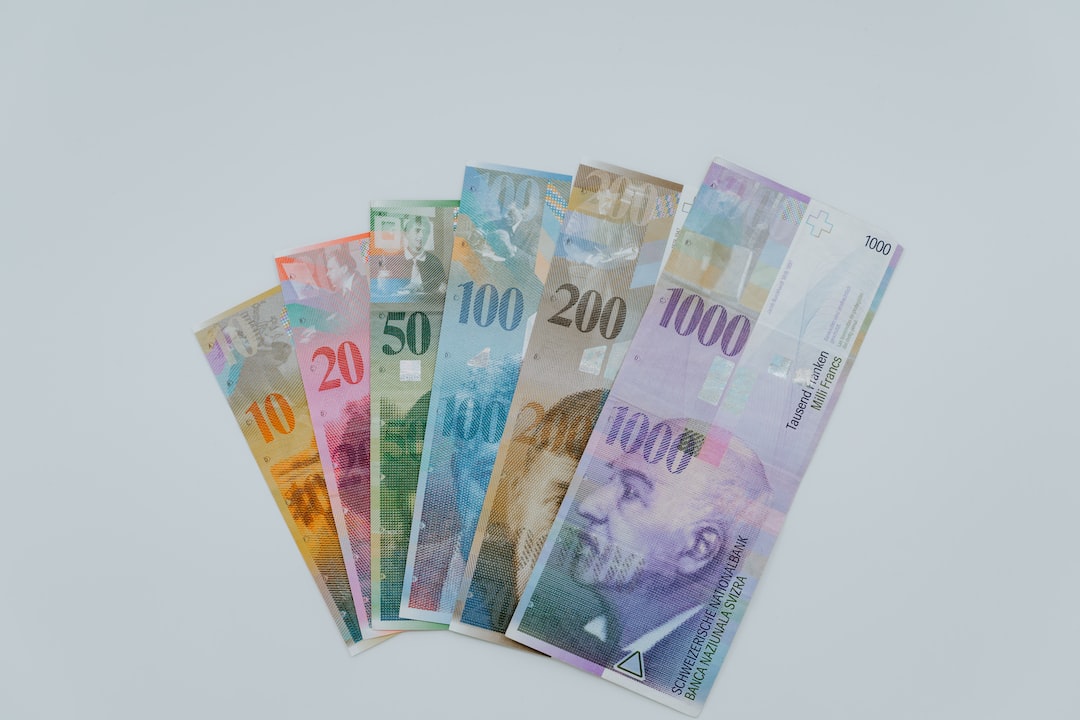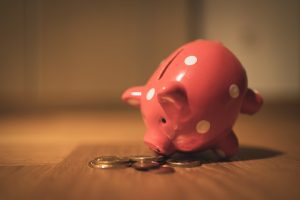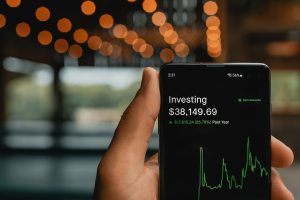Forex trading, also known as foreign exchange trading or FX trading, is the buying and selling of currencies. It is the largest financial market in the world, with an average daily trading volume of over $5 trillion. Unlike the stock market, forex trading is open 24 hours a day, five days a week. This means that traders can enter and exit positions at any time during the week. But how many sessions does forex have?
Forex trading is divided into three main sessions: the Asian session, the European session, and the US session. Each session has its own characteristics and trading opportunities.
The Asian session starts at 9:00 PM GMT and ends at 8:00 AM GMT. It is the least volatile session of the three, with lower trading volumes and less price movement. The Asian session includes the markets of Tokyo, Hong Kong, Singapore, and Sydney.
The European session starts at 7:00 AM GMT and ends at 4:00 PM GMT. It is the most active session of the three, with the highest trading volume and the most price movement. The European session includes the markets of London, Frankfurt, and Paris.
The US session starts at 1:00 PM GMT and ends at 10:00 PM GMT. It is the second most active session of the three, with high trading volumes and significant price movement. The US session includes the markets of New York, Chicago, and Toronto.
It is important to note that while the forex market is open 24 hours a day, not all currencies are actively traded during all sessions. For example, the Australian dollar (AUD) is more active during the Asian session, while the euro (EUR) is more active during the European session.
Traders can use this information to their advantage by focusing on the sessions that offer the most trading opportunities for their chosen currency pairs. For example, if a trader is interested in trading the USD/JPY currency pair, they may want to focus on the Asian session when the Tokyo market is open.
It is also important to consider the overlap between sessions. This is when two sessions are open at the same time, creating increased trading activity and volatility. The most significant overlap occurs between the European and US sessions, from 1:00 PM GMT to 4:00 PM GMT. This is often referred to as the “golden hours” of trading, as it is the most active and volatile time of day.
In addition to the three main sessions, there are also smaller sessions that occur outside of regular trading hours. These include the Sunday session and the Friday session. The Sunday session opens at 10:00 PM GMT and ends at 9:00 AM GMT, while the Friday session opens at 10:00 PM GMT and ends at 8:00 PM GMT.
The Sunday session is often referred to as the “gap” or “weekend” session, as it can create gaps in the charts due to low liquidity and limited trading activity. The Friday session is also less active than the main sessions, as traders are often closing out their positions before the weekend.
In conclusion, forex trading has three main sessions: the Asian session, the European session, and the US session. Each session has its own characteristics and trading opportunities, and traders can use this information to their advantage by focusing on the sessions that offer the most trading opportunities for their chosen currency pairs. It is also important to consider the overlap between sessions and the impact of smaller sessions on trading activity.





